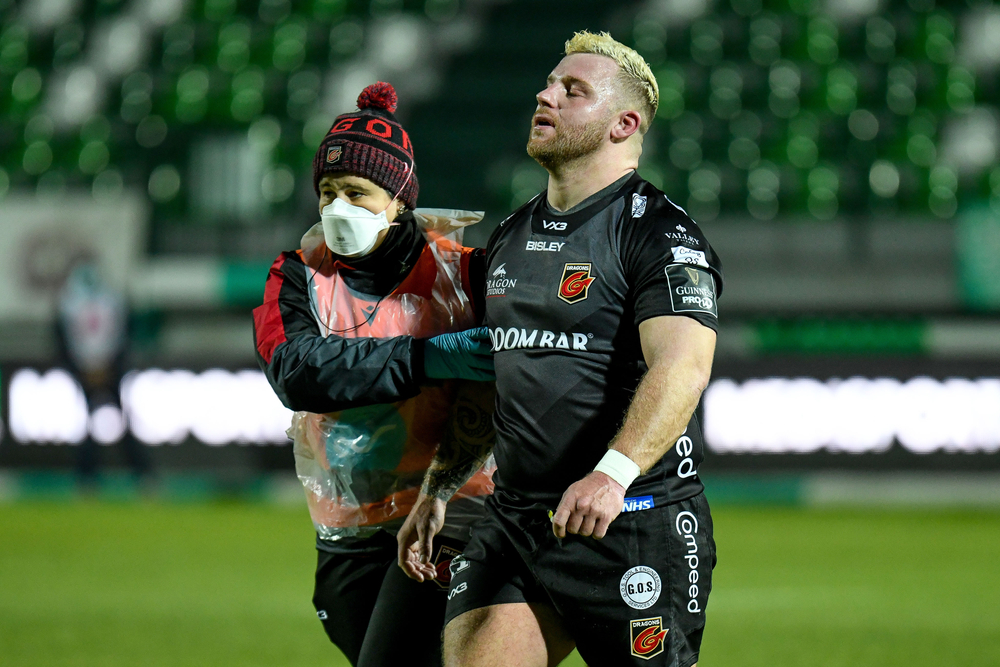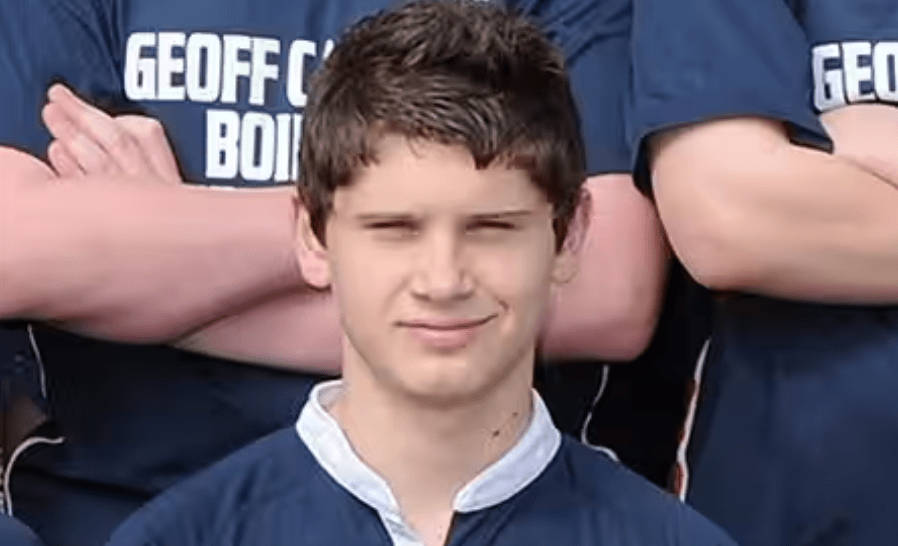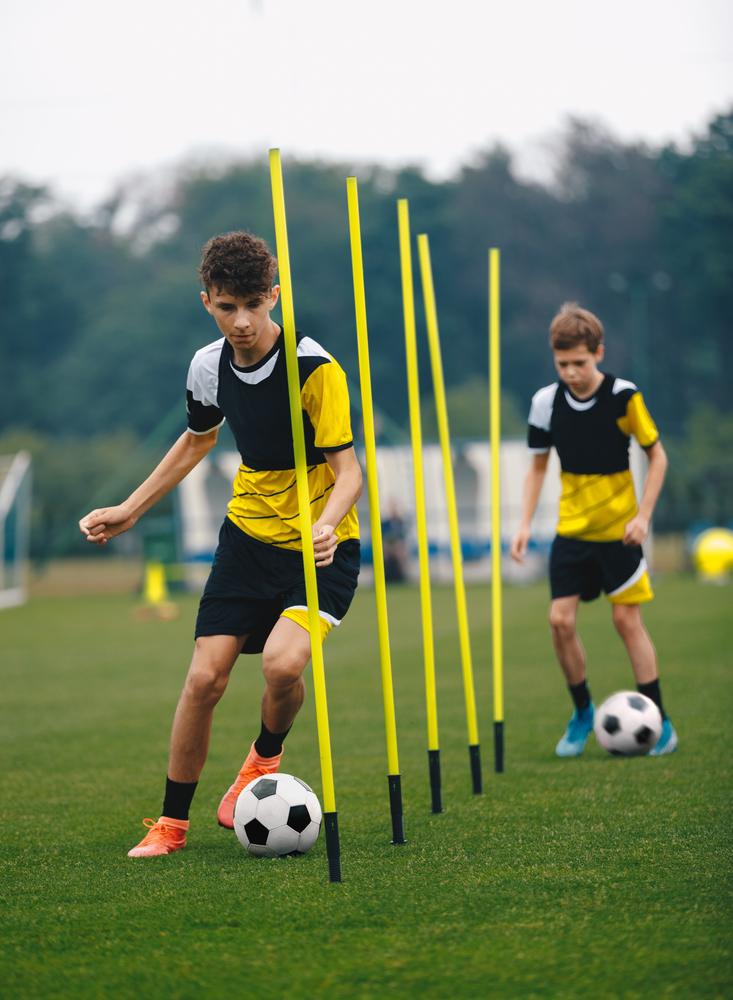What is a Concussion?
A concussion is a type of TBI caused by a bump, blow, or jolt to the head or by a hit to the body that causes the head and brain to move rapidly back and forth.

What is a Concussion?
A concussion is a type of traumatic brain injury (TBI) caused by a bump, blow, or jolt to the head or by a hit to the body that causes the head and brain to move rapidly back and forth. This rapid movement alters the shape of the brain tissue, resulting in the stretching and damage of brain cells.
These cellular damages can lead to chemical and metabolic changes within the brain, making it more difficult for cells to function and communicate. Given that the brain serves as the body’s central command center, the effects of a concussion can be extensive and lead to a range of physical, emotional, and cognitive changes.
While concussions are usually not life-threatening, it is essential to take them seriously. Ignoring the signs and symptoms of a concussion or failing to seek appropriate treatment can lead to a more serious brain injury, which may result in long-term consequences.

How are concussions diagnosed?
Concussions are not always easy to detect, and the signs and symptoms may vary from person to person. Some people may experience immediate symptoms, while others may take days before showing any signs.
Diagnosing a concussion typically involves evaluating a patient’s medical history, conducting a physical examination, and neurological tests. Medical professionals may also use imaging tests such as a CT or an MRI to check for damage to brain structures or a bleed, which can be lethal if untreated. However, there is no objective test, like drawing blood or saliva, that can determine if a patient has a concussion, and a concussion will not show up on any scan.
A doctor makes a concussion diagnosis based on the results of a comprehensive examination, which includes observing signs of concussion and patients reporting symptoms of concussion appearing after an impact to the head or body.
Unlike other injuries, concussions don’t always have obvious physical signs, making them challenging to diagnose. This is why it’s crucial for individuals to seek medical attention if they suspect a concussion, even if the symptoms seem mild.
The signs and symptoms of a concussion
Concussion signs and symptoms are the brain’s way of showing it is injured and not functioning normally. Concussion signs are what someone could observe about you to determine if you have a concussion. Signs of a concussion range from obvious to much more nuanced, but even one sign of a concussion after a hit to the head should be reported to a medical professional.
Signs of a concussion
- Balance problems
- A glazed look in the eyes
- Amnesia
- Delayed response to questions
- Forgetting an instruction, confusion about an assignment or position, or confusion about the game, score, or opponent
- Inappropriate crying
- Inappropriate laughter
- Vomiting
- Loss of consciousness
Concussion symptoms are what someone who is concussed will tell you they are experiencing. When responding to a possible concussion in a child, remember that a concussed child may not be able to clearly communicate the symptoms they are experiencing because of their age-limited vocabulary and the fact that they have just experienced a brain injury.
Most concussion symptoms typically fall into four major categories – physical, cognitive, sleep, and emotional.
A brain injury can cause changes in behaviour or personality. While these changes aren’t diagnostic for concussion, it’s normal that people seem “different” or “off” after a concussion.
It’s important to know that every concussion is unique, and not everyone will experience the same symptoms. Some symptoms may not appear immediately after a head injury but may develop over time.
Unlike physical injuries, concussion symptoms aren’t always visible and can be difficult to detect. This is why coaches, parents, teachers, and other caregivers need to be aware of the signs and symptoms of a concussion so they can properly respond and seek medical attention if necessary.
- Headache
- Light-headedness
- Dizziness
- Nausea
- Sensitivity to light
- Sensitivity to noise
- Ringing in the ears (tinnitus)
- Blurred or double vision
- Loss of coordination or balance
- Difficulties with attention
- Memory problems
- Loss of focus
- Difficulty multitasking
- Difficulty completing mental tasks
- Sleeping more than usual
- Sleeping less than usual
- Having trouble falling asleep
- Anxiety
- Depression
- Panic attacks

Concussion danger signs
CLF follows NHS guidance on concussion danger signs. In rare cases, a dangerous collection of blood (hematoma) may form on the brain after a bump, blow, or jolt to the head or body that may squeeze the brain against the skull. Call 999 right away, or take the patient to A&E if they have one or more of the following danger signs after a bump, blow, or jolt to the head or body.
Dangerous Signs and Symptoms of a Concussion
- One pupil larger than the other
- Drowsiness or inability to wake up
- A headache that gets worse and does not go away
- Slurred speech, weakness, numbness, or decreased coordination
- Repeated vomiting or nausea, convulsions or seizures (shaking or twitching)
- Unusual behaviour, increased confusion, restlessness, or agitation
- Loss of consciousness (passed out/knocked out); even a brief loss of consciousness should be taken seriously

Concussions: A common injury
Concussions can be caused by a variety of factors, such as accidents, abuse, exposure to blasts, and falls. Depending on the circumstances, these injuries can affect people of all ages, from young children to older adults.
The UK House of Commons Digital, Culture, Media, and Sport Committee’s report on concussion in sport indicates that an estimated 1 million individuals attend A&E each year with a head injury, which includes those later diagnosed with brain injuries and concussions. However, only a fraction of concussions are recognized by athletes, coaches, and parents and treated by medical professionals, so this number underrepresents the number of concussions occurring annually in the UK. Studies suggest 50% to 90% of sports concussions go unreported.
Youth are especially vulnerable to concussions. Findings from the 2018 Health Behaviour of School-aged Children (HBSC) Study demonstrated that 11% of students in grade 6 to 10 reported having a diagnosed concussion.
Acquired brain injuries and severe TBIs (i.e. massive structural damage requiring intensive care) are just out of the scope of our focus here at CLF and the CLF HelpLine. We routinely refer out to organizations that deal with more severe brain injuries or have resources for disability services.
How to respond when
you suspect a concussion
When someone experiences a blow to the head or body and is exhibiting signs of a concussion, it’s important to respond quickly and appropriately.
When a concussion is suspected, the recommended course of action is to remove the individual from play or activity immediately and monitor them for signs and symptoms of a concussion. This includes keeping a close eye on the Concussion Danger Signs listed above.
If the individual is showing any of these danger signs, such as repeated vomiting or loss of consciousness, it’s important to seek medical attention immediately. Ignoring these signs can have serious and potentially life-threatening consequences.
For a more comprehensive guide on how to respond to a concussion, including specific guidelines for different age groups and scenarios, visit our Concussion Response page.
What you should know about Post-Concussion Syndrome during recovery
When recovering from a concussion, it is crucial for your brain cells to restore normal function by carefully rebalancing the levels of chemicals, such as sodium and calcium, both inside and outside of the cell. This process requires a lot of energy, making it critical to prioritize sleep, nutrition, and to rest during the first 24-48 hours after concussion. Minimizing physical and mental exertion gives your brain the necessary resources to heal.
When properly managed, the majority of concussion symptoms will resolve within one month. However, it is important to note that over-exertion of brain cells during the concussion recovery process can potentially lead to the persistence of symptoms for months or longer.
Approximately 20 percent of patients will have persistent post-concussion symptoms (PPCS), or what used to be known as Post-Concussion Syndrome (PCS).
To improve recovery and minimize the risk of developing PPCS, after a minimum 48 hours of rest, studies show that subthreshold aerobic activity under a doctor’s guidance initiated 2-10 days after concussion reduces the chances of PPCS. In addition, athletes should follow a six-step plan that takes a minimum of 21 days before returning to play.
For additional resources, see these helpful tools:
To help individuals dealing with PPCS, our Resource Center provides valuable information, coping advice, and treatment options. Explore our comprehensive resources to gain a deeper understanding and find the support you need.

Understanding the dangers of Second Impact Syndrome
Second Impact Syndrome (SIS) is a severe and potentially fatal condition that can occur when an individual suffers a head impact before fully recovered from a concussion. This dangerous situation, although extremely rare, can arise because the brain has not yet fully healed from the initial injury, leaving it more vulnerable to subsequent impacts.
Ben Robinson, a 14-year-old rugby player, tragically lost his life to SIS in 2011. As the first person in the UK to die of SIS while playing rugby, Ben’s story prompted widespread media attention and awareness for this very important issue.
Educating parents and athletes about the potential complications, symptoms, and expected recovery time of a concussion is crucial. This includes discussing the risks of returning to play too soon, such as prolonged concussion recovery, persistent symptoms, and the possibility of Second Impact Syndrome.

Concussions and traumatic brain injuries are preventable
The good news is that we can stop many concussions before they happen.
There are many opportunities to reduce concussions through smart policy decisions. Research has shown more than half of all head impacts and concussions in American football occur during practice. In middle school football players, there are 100,000 concussions caused by heading every three years.
The Concussion Legacy Foundation UK has led the movement to reduce heading in football at the youth, and professional levels. There is still a lot of work to do to make sports safer for all athletes, and the Concussion Legacy Foundation UK will continue to be at the forefront of research and education. Head to our Stop Hitting Kids in the Head page to learn more about our efforts on that front.

